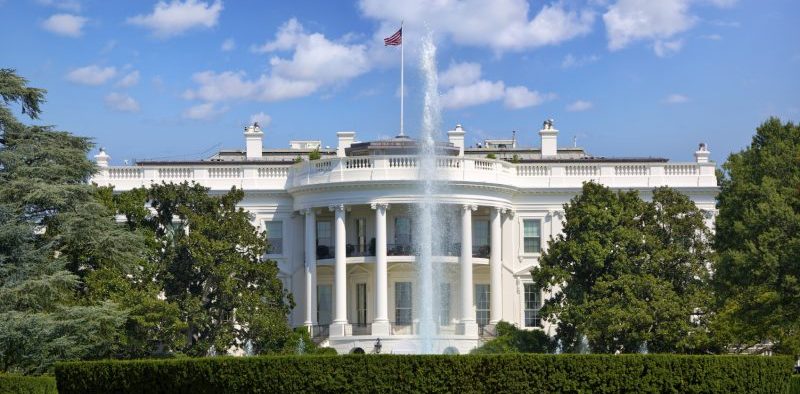According to a report by the Partnership for Public Service and Deloitte, there are some 4,000 political appointees who will be replaced in the months following the election of the next president through Inauguration Day on January 20, 2017.
This can cause anxiety among the more than 2.79 million career federal employees, who worry what the next agenda reset will look like and how it will impact their current workflow. It’s extremely important for leaders within each team or agency to communicate regularly with employees throughout the transition, to allay concerns and keep things running smoothly. To help get you started, here are the dates you’ll want to keep in mind as the transition nears.
May 2016 to January 20, 2017: Transition councils and leads were established earlier this year within federal agencies to help guide the upcoming changes. The Agency Transition Directors Council, which has 23 members from a variety of federal agencies, meets monthly until Inauguration Day to discuss ongoing transition activities.
May to November 2016: Select individuals within each agency are currently going through a documentation and clean up period, during which they’ll be prepping records and information about agency functions that will be provided to the new administration, and are also getting rid of extraneous materials that no longer apply to the day-to-day within the agency.
November 8, 2016: Election Day. Barring any recounts or late returns, the nation should learn who will lead the country for the next four years by the evening of November 8 or early on November 9.
November 9, 2016: The formal agency review process will begin (and will run through Inauguration Day) with teams gathering information on each of the federal agencies to better understand their inner workings, structure and governance, best practices, and priorities and challenges. This information will be provided to the incoming administration that will use the information gathered to determine whether there are current employees who can assist with the transition or lead the agency moving forward, and what skills will be required of appointed leaders. Select agency personnel will meet with the president-elect’s transition team to provide information for the agency reviews.
November 2016: Outgoing Cabinet officials will meet with leadership from select agencies to begin crisis training and preparation. Official crisis scenario exercises with the incoming and outgoing Cabinet officials follow the preparation activities.
November to mid-2017: As the president-elect begins identifying nominees for appointed positions, the nominee’s financial disclosure reports will be reviewed by ethics officials who will attempt to troubleshoot any identified conflicts of interest (if possible). The nominees who clear the review portion, along with senior leadership for the incoming administration, will be provided with ethics briefings.
December 19, 2016: The Electoral College will meet to formally choose the president-elect.
Early January 2017: Following the election, the president-elect will likely begin announcing his or her nominees that will require Senate confirmation (of the roughly 4,000 appointed federal positions, 1,000 require Senate approval). These individuals will be vetted using, among other things, the information gathered during the formal agency review process. In past presidential election years, some Senate committees have begun nomination hearings between the start of their session in early January and Inauguration Day. Nominations passed out of committee are then voted on by the full Senate after Inauguration Day.
January 20, 2017: Inauguration Day
January 2017: On Inauguration Day, onboarding of the new political appointees begins. The onboarding process will continue throughout 2017, during which new agency heads will be briefed on the new president’s policy plan. This information will then be utilized by the agency heads to formulate their implementation plans and goals.
April 2017: If past predicts future, most of the top 100 presidential appointees (including cabinet heads) should be confirmed and in place by the end of April. The remaining appointees will be confirmed throughout the summer (and sometimes into the fall and beyond).
Transition Team Activities: Important to note in all of these dates is that the president-elect’s transition team will also be working to establish the president-elect’s agenda for his or her first 100 and 200 days in office. Formulating this agenda includes gathering working groups that will be assigned to various policy areas, reviewing all of the outgoing administration’s regulations that have not been enacted and developing either a plan for implementation or to stop enactment, developing a budget, and determining the best plan to meet top priorities. The transition team will also work with the White House transition team that helps to ensure a smooth transfer of all necessary duties.
Of course, there are many other moving parts involved in a presidential transition, but the above are the most likely to impact career federal employees. It is important to know that, by and large, the inner workings of government will be the same on January 20 as they are on January 23. If you have questions specific to your agency, you should direct them to the transition lead within your agency.





Leave a Reply
You must be logged in to post a comment.